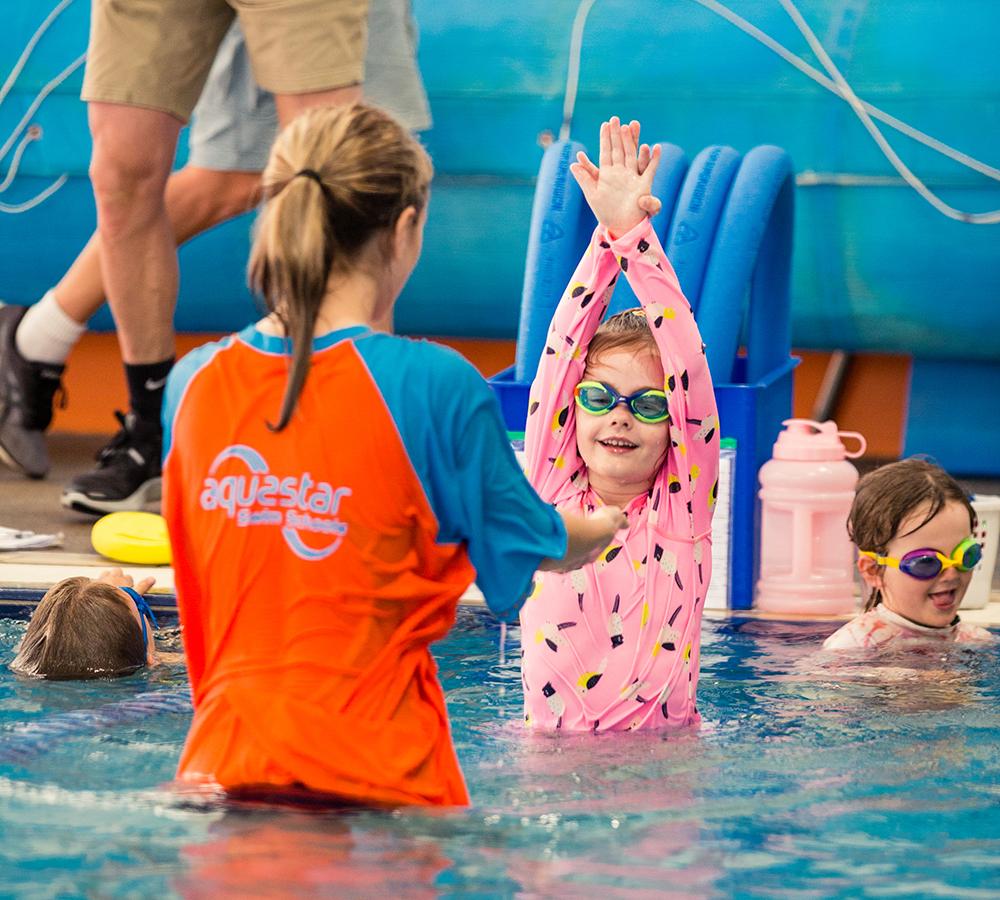As summer approaches and Pittsburgh’s waterways beckon, a local swim instructor is sounding the alarm on a pressing public safety issue: the urgent need for more residents to learn how to swim. In an exclusive interview with Pittsburgh Magazine, the instructor highlights rising concerns over drowning incidents and emphasizes that acquiring basic swimming skills isn’t just a recreational advantage-it’s a critical life-saving necessity. With pools, rivers, and lakes becoming popular summer destinations, experts urge families across the region to prioritize swim lessons and water safety education now more than ever.
The Urgent Call From Pittsburgh’s Swim Instructors Addressing Water Safety
Pittsburgh’s swim instructors are raising the alarm as drowning incidents continue to pose a serious threat to children and adults alike throughout the city. With the summer months underway, pools and local waterways become popular spots, yet many residents lack basic swimming skills crucial for survival. The instructors emphasize that learning to swim isn’t just a recreational activity-it is a life-saving necessity that requires immediate attention. Their collective plea reflects growing concern over preventable accidents and the urgent need for community-wide water safety education programs.
The instructors highlight several key actions families can take to protect themselves and their loved ones:
- Enroll children and adults in certified swim lessons as early as possible
- Never swim alone-always use the buddy system
- Supervise young children near any bodies of water without exception
- Learn CPR and basic water rescue techniques
| Age Group | Recommended Swim Lesson Duration | Common Safety Focus |
|---|---|---|
| Young Children (3-6) | 6-8 weeks | Water acclimation & floating skills |
| Older Children (7-12) | 4-6 weeks | Stroke development & breath control |
| Teens & Adults | 3-5 weeks | Confidence building & endurance swimming |
Key Barriers to Learning How to Swim and Community Solutions in Pittsburgh
Numerous obstacles continue to hinder Pittsburgh residents from learning to swim, despite the city’s abundant waterways and recreational pools. Financial constraints remain the most significant barrier, as many families cannot afford private lessons or membership fees at local swim clubs. Additionally, a lack of accessible transportation options further complicates attending classes, especially for those in underserved neighborhoods. Cultural factors and fear of water, often passed down through generations, also play a critical role in deterring people from seeking swim education. Moreover, limited availability of certified instructors and suitable programs tailored for diverse age groups or abilities exacerbate the issue.
Community organizations in Pittsburgh are addressing these challenges head-on through innovative initiatives designed to break down barriers. Programs like “Swim for All” partner with schools and public pools to provide free or discounted lessons, while local nonprofits have established mobile swim clinics to reach neighborhoods with limited access. Volunteer instructor networks and scholarship funds are being expanded to support families in need. The table below highlights some key community-driven solutions that are making waves across the city:
| Solution | Description | Impact |
|---|---|---|
| Mobile Swim Clinics | Pop-up lessons in underserved areas | Increased participation by 25% |
| Scholarship Programs | Financial aid for swim classes | Over 300 families assisted annually |
| Community Partnerships | Collaborations with schools and rec centers | Expanded pool access citywide |
| Volunteer Instructor Network | Certified instructors offer free lessons | Reduces waitlists by 40% |
Expert Tips for Parents to Ensure Their Children Build Confidence in the Water This Summer
Building comfort and confidence in the water starts long before a child takes their first swim stroke. Experts recommend parents begin by fostering a positive and encouraging environment around water activities. Start small: let your child explore shallow edges or use floating toys, turning playtime into a natural introduction to water. Avoid pushing children into deep water prematurely; instead, celebrate every little success, from blowing bubbles to floating on their back. Consistency is key-regular, short visits to the pool help children acclimate without feeling overwhelmed.
Equipping yourself with knowledge is just as crucial. Parents should consider the credentials of swim instructors and programs, prioritizing those who use age-appropriate teaching methods that emphasize safety and fun. The table below highlights some expert-approved tips that parents can implement this summer to cultivate a confident, water-savvy child:
| Tip | Why It Matters | How to Practice |
|---|---|---|
| Let Them Explore at Their Own Pace | Reduces fear, builds trust with water | Begin with water play in shallow areas |
| Use Positive Reinforcement | Boosts confidence and motivation | Praise every achievement, no matter how small |
| Enroll in Certified Lessons | Ensures safety and proper technique | Choose instructors with recognized credentials |
| Practice Consistently | Builds muscle memory and familiarity | Short, frequent swim sessions are best |
In Retrospect
As Pittsburgh faces rising concerns over water safety, local swim instructors are urging families to prioritize swimming lessons this summer. With community pools reopening and programs expanding, the call to action is clear: learning to swim is not just a recreational skill but a critical lifesaving measure. As temperatures climb and outdoor activities increase, officials and instructors alike emphasize that investing time in swim education can prevent tragic accidents and foster a culture of safety around water. For Pittsburgh residents, the message resonates strongly-this summer, make swim lessons a priority.





